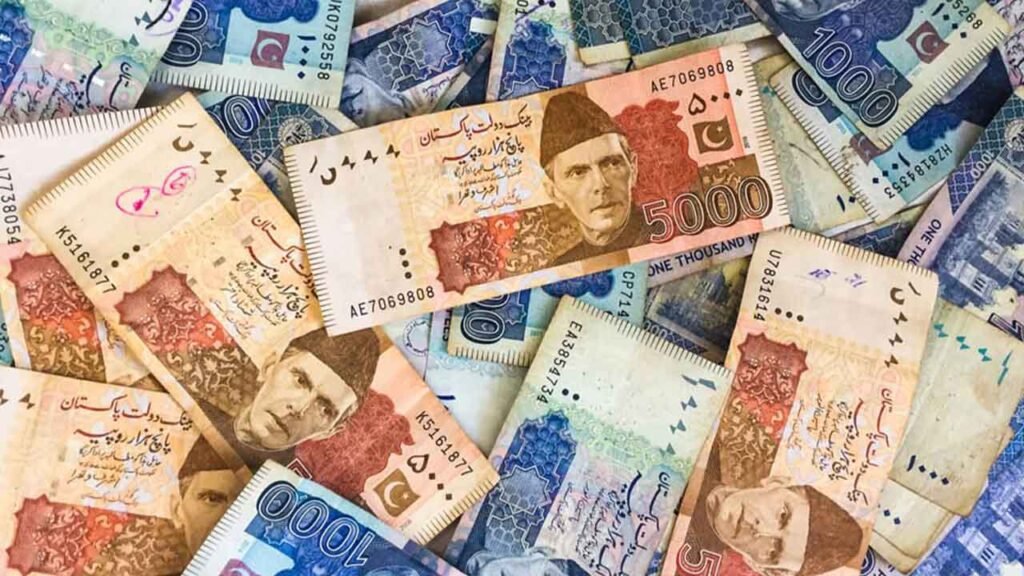Returns on bank deposits saw a significant decline in February 2025, with rates dropping by 112 basis points to 5.58 per cent from January’s 6.69 per cent, according to newly released official figures. The sharp drop reflects growing concerns for depositors as inflation remains high, eroding the real value of their savings.
Compared to February 2024, the situation appears even bleaker. The weighted average deposit rate has plummeted by 436 basis points, from 9.94 per cent last year, marking a notable reduction in earnings for those who rely on interest from their savings.
On the lending side, the average rate across all scheduled banks dropped slightly to 12.46 per cent, a reduction of 29 basis points from the previous month. The annual comparison reveals an even steeper decline of 800 basis points from February 2024. Despite these shifts, the banking sector spread—the difference between lending and deposit rates—widened by 83 basis points to reach 688 basis points in February.
The total deposits held in banks showed robust growth, increasing by 19.10 per cent year-on-year to reach Rs30.6 trillion. However, despite this surge, inflation continues to take its toll. When adjusted for inflation, the real deposit rate stood at -5.36 per cent, down 89 basis points from the previous month, though it showed a rise of 1,468 basis points compared to the same month last year.
This negative real deposit rate means that despite earning interest, depositors are effectively losing money when the impact of inflation is factored in. With inflation in Pakistan among the highest in Asia, maintaining the value of savings remains a challenge.
The real lending rate also took a hit, standing at a modest 0.19 per cent in February 2025, down 196 basis points from January. However, it marked an increase of 971 basis points from February last year.
As inflation continues to squeeze savings, both depositors and borrowers are feeling the effects of Pakistan’s challenging economic climate.





